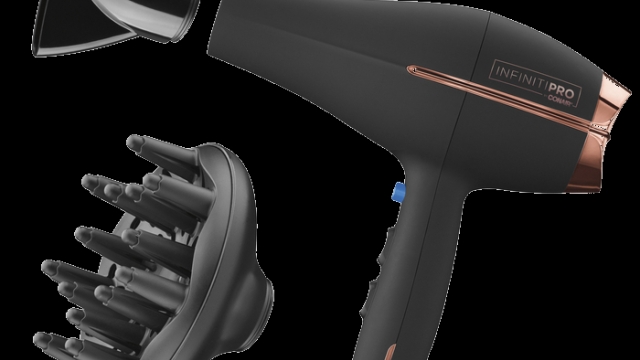
When it comes to uncovering the truth, lie detector tests have long been a topic of fascination and controversy. Also known as polygraph tests, these examinations are designed to detect signs of deception by measuring physiological responses such as heart rate, blood pressure, and skin conductance. Used in various settings, from criminal investigations to employment screenings, lie detector tests have sparked heated debates about their accuracy and reliability. Let’s delve into the world of lie detector tests to explore how they work, their history, and the ethical considerations surrounding their use.
History of Lie Detector Tests
Lie detector tests, also known as polygraphs, have a history dating back to the early 20th century. The first modern polygraph was developed by John Augustus Larson in the 1920s. Larson, a police officer and physiologist, combined various physiological measurements to detect deception.
Throughout the years, lie detector tests evolved and gained popularity as a tool for law enforcement and national security agencies to assess truthfulness in criminal investigations. The technology behind polygraphs continued to advance, incorporating improvements in data collection and analysis techniques.
Despite being widely used in many countries, the accuracy and reliability of lie detector tests have been a topic of debate among scientists and psychologists. Critics argue that factors such as anxiety or stress can influence the results, leading to potential inaccuracies in detecting deception.
Accuracy of Lie Detector Tests
Lie detector tests are widely used to determine the truthfulness of individuals. While they are often considered reliable by law enforcement and employers, it is important to note that lie detector tests are not foolproof. Factors such as the individual’s emotional state, mental health, and even their belief in the test’s accuracy can all influence the results.
Research has shown that lie detector tests have an accuracy rate of around 80-90%. This means that while they can be a useful tool in detecting deception, there is still a margin of error to consider. It is vital for examiners to interpret the results with caution and take into account various factors that may affect the outcome.
Ultimately, the accuracy of a lie detector test relies heavily on the expertise of the examiner administering the test. Proper training and experience can greatly enhance the reliability of the results. It is essential for examiners to adhere to strict protocols and guidelines to ensure the accuracy and validity of the lie detector test results.
Common Misconceptions about Lie Detector Tests
One common misconception about lie detector tests is that they are always accurate and foolproof. While polygraph tests can be a useful tool in detecting deception, they are not infallible. Factors such as the individual’s physiological reactions, the skill of the examiner, and the type of questions asked can all influence the results.
Another misconception is that lie detector tests can definitively determine if someone is lying. In reality, polygraph results are not admissible as evidence in a court of law in many jurisdictions due to their inherent limitations. Polygraphs measure physiological responses such as heart rate and perspiration, which can be influenced by a variety of factors besides deception.
Lastly, there is a belief that lie detector tests are a form of mind reading or can uncover all hidden truths. In truth, polygraph exams rely on interpreting physiological responses, not reading minds. While they can be a valuable investigative tool, it is important to understand their limitations and use them in conjunction with other evidence-gathering techniques.


